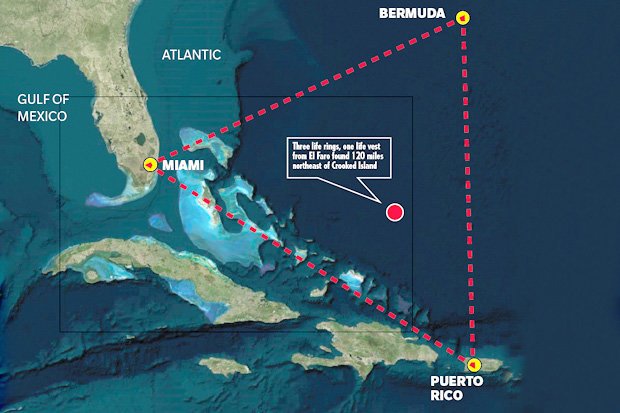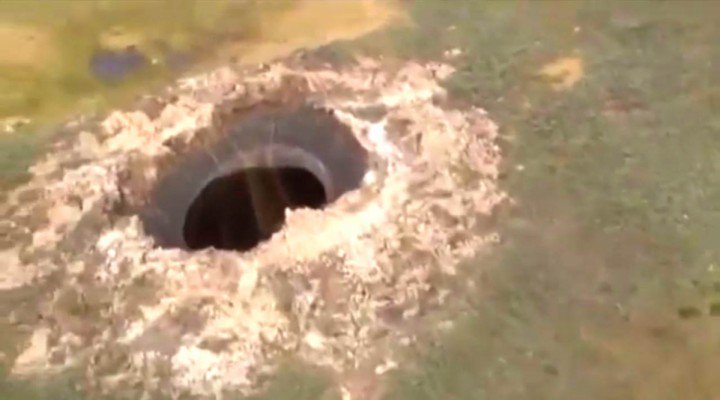For many decades, the Bermuda Triangle has become a mysterious
location off the coast of the Florida peninsula where various ships and
planes have reportedly gone missing. While the U.S. government and other international maritime agencies
do not recognize the name, some people claim the missing ships and
aircraft are caused by extraterrestrial activity in the region.
However, a new discovery may finally shed light to the mystery of the
Bermuda Triangle. According to a report, several scientists found giant craters on the seabed near the coast of Norway.
The experts claim that these craters are indications that something
exploded in the area, and that methane bubbles may have caused these
explosions.
In the report, these methane bubbles accumulate under the sea floor
sediments, and then explode, burst, or “pop” from the seabed to the
water surface.
“The crater area is likely to represent one of the largest hotspots
for shallow marine methane release in the Arctic,” said in the report.
The craters reportedly measure up to 800 meters wide and about 45 meters deep.
Details about the discovery will be presented at the European
Geosciences Union, and experts will discuss whether these methane
bubbles are a threat to ships.
Reports also claims
that such phenomenon may have something to do with the bizarre
occurrences within the Bermuda Triangle. For many years, the only
scientific explanation that experts could provide is the area’s
turbulent weather and seas.
Interestingly, Russian scientist Igor Yeltsov already stated last
year that the “mysteries” of the Bermuda Triangle may be the result of
gas hydrate reactions. Yeltsov explained that this kind of occurrence
can trigger an avalanche or even a nuclear reaction, where huge amounts
of gas are produced.
The term Bermuda Triangle was first coined by Vincent Gaddis in 1964, when he described it as a place where various ships and aircraft mysteriously disappeared without a trace.
Source: WebProNews



No comments:
Post a Comment